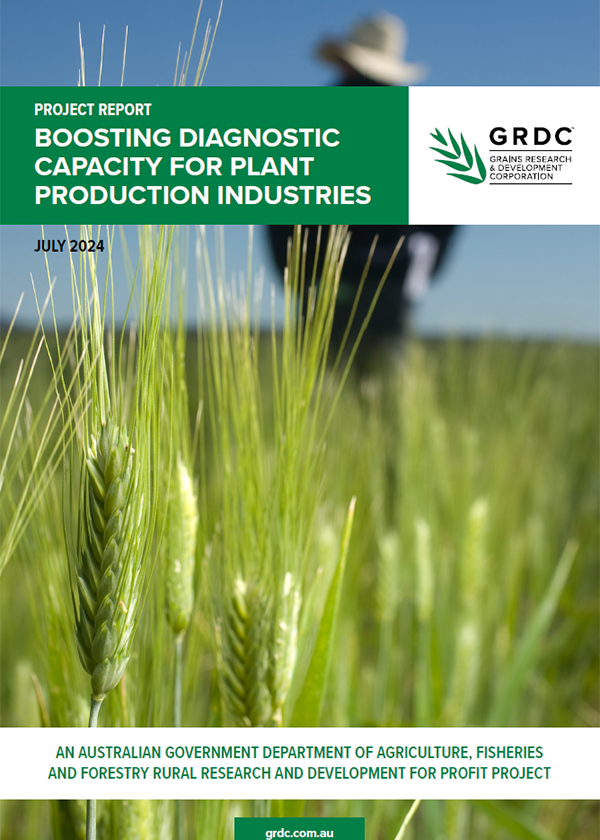Nematode diagnostics across industries through capability succession, enhancement of collections and protocol development
Investment
Nematode diagnostics across industries through capability succession, enhancement of collections and protocol development
The CSIRO activities will produce and deliver many of the elements of an advanced diagnostic system for nematodes, including a protocol covering the Heterodera cyst nematodes, specimens, and an expert taxonomist. Cyst nematodes are the focus of many of the activities because they can be extremely damaging to a wide range of crops, and very difficult to manage effectively once established. The NPPPs include exotic strains of several species where only a single strain is currently present in Australia, along with several exotic species. Together, these species attack a wide range of crops across many industries, including grains, horticultural crops, sugar and pastures, as well as native plants, so they are truly-cross-sectoral.
Further, the high-level taxonomic training involved in the CSIRO activities, together with the location within the largest nematode collection in Australia (containing about 60% of of the entire national collection) will mean that the capability developed also applies to the many other nematode pest genera (such as the NPPPs and HPPs Bursaphelenchus, Globodera, Pratylenchus, Radopholus, and Xiphinema). To this end, a review of the protocol for Burspahelenhus will be part of the training. Reviewing other species on HPP and other priority pest lists, assessing the diagnostic resources available, identifying gaps, and finally assessing whether there are synergies with the methods, materials and capability being developed from the present project are another output from the proposed activities.
The taxonomist is part of a succession plan for Mike Hodda, currently the main source of expertise within Australia for diagnosis of exotic nematodes. It is anticipated that there will be a position available at CSIRO to retain the expertise.
In addition to the human capability, obtaining specimens for Australian collections is an important part of this part of the activities. These specimens are essential for diagnostic verifications, including as positive controls for molecular diagnostics. Specimens of exotics was recognized as one of the greatest gaps in the Australian plant health diagnostic system.
The final part of this part of the activities is delivery of the results. This will be through development of a diagnostic protocol, generation of diagnostic sequences, and delivery for incorporation into diagnostic tests delivered by AgVic and PIRSA.
A complementary part of the larger project from AgVic covers the diagnostics of local pests, including PCN (which is in the genus Globodera rather than Heterodera). Differentiating exotics from endemics is an essential part of diagnostics, so these activities will work together.
- Project start date:
- 01/04/2020
- Project end date:
- 25/06/2023
- Crop type:
-
- Not Crop Specific
- Organisation
- CSIRO
- Region:
- North, South, West
- Project status
-
Completed
GRDC News
Five-year investment delivers enhanced biosecurity capability
05 Dec 2024
A comprehensive step-by-step guide to sustainable pest management throughout the crop growing season is now...
Resources

Boosting diagnostic capacity for plant production industries - GRDC
An Australian Government Department of Agriculture, Fisheries and Forestry Rural Research and Development for profit project.
